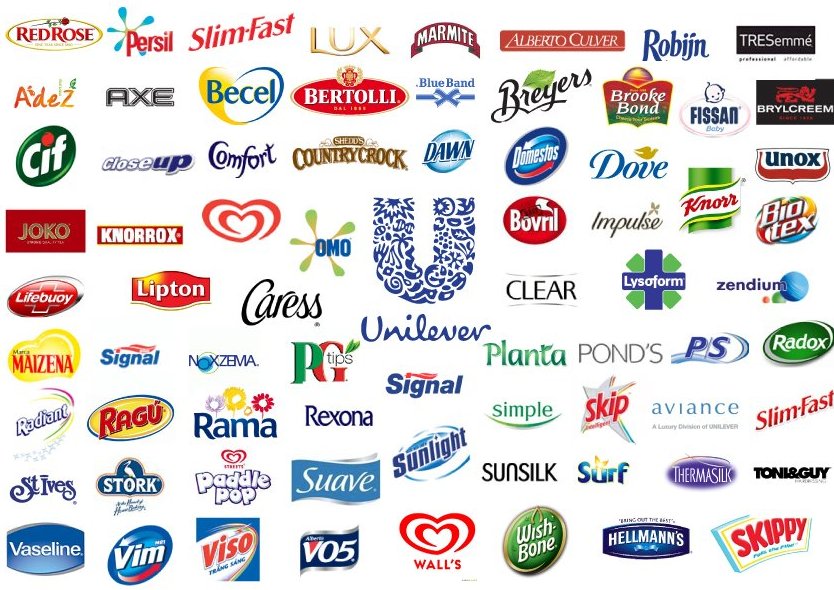Ever wonder what the difference is between a company’s purpose vs. mission? Maybe you’ve even rolled your eyes and assumed they were pretty much the same thing.
It’s a tempting assumption, as the two have a lot in common. They are also often used interchangeably… even by big companies that you know have branding experts on staff.
While highlighting the difference between purpose vs. mission may not be crucial for every company, it is for a purpose-driven business. I mean… how can you be driven by your purpose if you’re not crystal-clear on what it is?
But fret not. In this article, we’ll explore the differences between purpose vs. mission, provide examples of purpose and mission statements from various companies, and offer best practices for how to write effective purpose and mission statements.
What is a Purpose vs. Mission Statement?
A purpose statement defines why your business exists beyond just making a profit.
A mission statement defines what your business does, how it does it, and who it serves.
A helpful way to think about purpose vs. mission statements is that your mission describes what you do, and your purpose describes why you do it.
Why yes, that does sound similar to Simon Sinek’s celebrated “Start with Why” ideology. The fact is, there’s a lot of overlap between the concept of a company’s “Why” and its purpose.
[image]As you can see in these figures, both a company’s “Why” and “Purpose” are the inner foundational reason the company exists. The company’s mission, or “How” are the ways in which that company achieves its purpose.
(This convenient comparison begins to break down around the outer circle– “What” in Sinek’s terms vs. “Vision.” While these two concepts are both important, they’re not so conveniently comparable.)
Just as Sinek’s “Why” is the underlying reason behind your company’s existence, so is purpose. In fact, purpose vs. mission statements are both important for guiding your company’s actions and communicating your values and goals to your audience.
Do You Really Need Both?
Before we review purpose vs mission statement examples, it’s important to note that not all companies have a clear distinction between the two.
This is a bit of a pet peeve of ours here at Wholeheart, but we get it. “Conscious Capitalism” is a relatively new concept. Not all companies have evolved enough to differentiate, understand, or (frankly) care about the difference between the two.
But don’t let that discourage you. As purpose-driven brands, it’s on us to lead by example and be clear on our purpose, mission, and vision. When you lead a purpose-driven brand, you don’t want to be caught stuttering when someone asks you “…so, what is your purpose?”
Now, let’s take a look at some purpose vs. mission statement examples.
Examples of a Purpose vs. Mission Statement

The best purpose vs mission statement example we could find comes from Unilever, a British multinational consumer goods company. This comes as little surprise as the brand is considered a leader in sustainable business practices.
Unilever Purpose vs. Mission Statement
Purpose Statement:
“To make sustainable living commonplace.”
Mission Statement:
“To improve the health and wellbeing of people, and to reduce our environmental impact by offering a range of sustainable, high-quality products that are affordable and accessible to all.”
Notice how the brand’s purpose statement is high-level, lofty, and even a bit vague. This is the brand’s ultimate reason for existence.
Its mission statement, on the other hand, is much more specific. It demonstrates how the brand aims to make sustainable living commonplace.
More Purpose Statement Examples:
Here are some additional purpose statement examples. Some might call these mission statements, but they lack the level of specificity that a proper mission statement requires.
- Patagonia: “We’re in business to save our home planet.”
- Tesla: “To accelerate the world’s transition to sustainable energy.”
- TOMS: “To improve lives through business.”
- Nike: “To bring inspiration and innovation to every athlete in the world.”
- Google: “To organize the world’s information and make it universally accessible and useful.”
If you didn’t know these brands already, you wouldn’t know how they aim to achieve these things– through what product, service, or audience. That’s what makes these more appropriate as purpose vs. mission statements.

Best Practices for Writing Purpose vs. Mission Statements
Many companies struggle to write effective purpose vs. mission statements. In fact, it’s one of the most common areas in which clients come to us for help.
Unfortunately, there is no shortcut or formula we can give you. A brand’s purpose and mission statement are too unique for a plug-and-play “ad lib” approach. But we can provide a few best practices to help guide writing your brand’s purpose vs. mission statement.
Best Practices for Writing a Purpose Statement
- Keep it simple. Notice how the examples above are short and straightforward. If your brand purpose takes a paragraph to explain, it’s not clear – to you or anyone else.
- Skip the jargon. It muddies up the meaning, and comes across as less authentic. You want your brand to feel relatable and human, not like a corporate handbook.
- Aim high. It’s important to be realistic in business, but your purpose statement is where you can let your idealism shine. Think– what is the biggest, deepest, most profound reason you do what you do?
- Be authentic. Don’t claim something your culture doesn’t reflect, or business model doesn’t support, just because it sounds good. (Better yet, make the changes necessary so you can make those claims!)
- Be aspirational. While you never want to outright lie about your brand’s purpose, it’s okay to craft a purpose statement that reflects the future goal your company is working toward. In fact, that’s part of the whole idea.
Now let’s consider some best practices for writing a mission statement. You’ll notice many of these differ immensely from writing a purpose statement.
Best Practices for Writing a Mission Statement
- Be specific. Clearly define what your company does to achieve its goal and support its purpose– whether that’s through its products and services or the communities it serves.
- Be realistic. Lofty ideals are better suited for your purpose. Use your mission statement to define goals based on current capabilities and resources.
- Be customer-focused. Get specific about who your company serves, what their needs are, and how your company helps fulfill those needs.
- Be measurable. Your mission statement should have specific, measurable goals that your company can track and work towards.
- Be clear and concise. While mission statements tend to be longer than purpose statements, you still want to be clear and concise. If someone needs to read it more than once to understand, keep working on it.
You will also want to revisit your brand purpose and mission statements at least once per year. While these statements should remain relatively consistent, they may evolve over time. This is particularly the case if your company is still in its early stages.
Make a habit of revisiting these statements annually – or after significant changes – to ensure it evolves along with your company.
We help brands define and demonstrate their purpose.
For the purpose-driven brand, having a clear purpose and mission statement isn’t just a corporate checkmark. It’s the very essence of your company– what sets it apart from competitors and what is going to attract its ideal audience and build loyal brand advocates.
By following the best practices outlined above, businesses can create purpose vs. mission statements that inspire and motivate their employees, stakeholders, and customers. Integrating these statements into marketing materials and campaigns can help companies create a consistent and compelling brand message that resonates with their audience.
As a purpose-driven marketing agency, we help brands define and demonstrate their purpose through meaningful marketing campaigns and brand development. Browse our services or contact us today so we can support you in putting your brand’s best face forward for the world to see.

 hire us
hire us